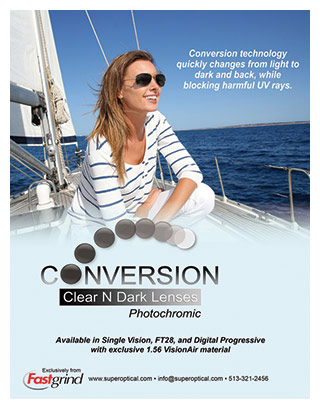 Maybe a strange question, but: Have you been to Schnucks lately? There’s a good chance most of you are either answering “No” or “What the….?” but a handful of you are smiling and nodding your heads. If you live in a certain part of the United States, Schnucks can’t be beat. A Missouri-based supermarket chain, Schnucks is where you go if you’re lucky enough to live near one. For food, prescription medication and once upon a time, movie rentals, Schnucks was THE destination in the Midwest. We had Wal-Mart nearby, but Shnucks was local. Schnucks was quality. Shnucks was the best kept secret of Midwest shopping.
Maybe a strange question, but: Have you been to Schnucks lately? There’s a good chance most of you are either answering “No” or “What the….?” but a handful of you are smiling and nodding your heads. If you live in a certain part of the United States, Schnucks can’t be beat. A Missouri-based supermarket chain, Schnucks is where you go if you’re lucky enough to live near one. For food, prescription medication and once upon a time, movie rentals, Schnucks was THE destination in the Midwest. We had Wal-Mart nearby, but Shnucks was local. Schnucks was quality. Shnucks was the best kept secret of Midwest shopping. There’s no arguing that Transitions lenses are the king of the photochromic world, the same way that Wal-Mart and Target are the kings of retail right now. Something to the tune of 90 percent of the food in my apartment and 20 percent of my clothes come from those two stores. Just because a store or product dominates the market, doesn’t mean that it’s the only alternative. What if you want—or in an optician’s case, NEED—an alternative that’s even less expensive than the bargain product, but still does the job of the name people recognize?
It was recently my pleasure to make the acquaintance of John Corsini of Cincinatti’s Super Optical, an independent lab in operation since 1923 that offers opticians Conversions—a photochromic lens available at a fraction of the price of traditional photochromics.
I have to admit that I was personally skeptical taking a look at a lens from an independent lab that claimed comparable quality to mass-produced products, but when looking through the sample provided to me by Super Optical, I was reminded of my childhood experiences of passing Wal-Mart and pulling into Schnucks.
Conversions lenses have a reactivity comparable to more name-recognized photochromics. Responding to both direct and indirect sunlight, they darken quickly, turning a gray that has a soft blue undercurrent that’s both pleasing to the eye and soothing for the wearer. They’re neither too dark nor too light, offering the patient a relaxing experience that’s comfortable in various levels of sun exposure. “It’s very comfortable for light-sensitive patients,” Corsini says. “Conversion is ‘in-mass’ which allows for a more consistent color for a longer period of time. It blocks UV and blue light.” In addition to darkening remarkably fast, they lighten up indoors with a speed comparable to Transitions XTRActive lenses.
Overall, I’m highly impressed by Conversions. Though the limited material availability prevents me from becoming an advocate (I’m a Trivex snob who occasionally dabbles in Poly), I’m secretly hoping they’ll expand their material availability—those blue undercurrents to the gray are some of the most relaxing I’ve experienced. Bonus points—my photochromics-hating wife who given the choice between only wearing photochromics and having LASIK would probably rather shell out the money for surgery, says that these are the lenses that made her reconsider getting photochromics. That says something. With their wide variety of powers and FT-28 adds going up to +3.00, they’re a low-cost alternative for patients who want a brand-name experience for an off-brand price—the Schnucks of the Optical world.













